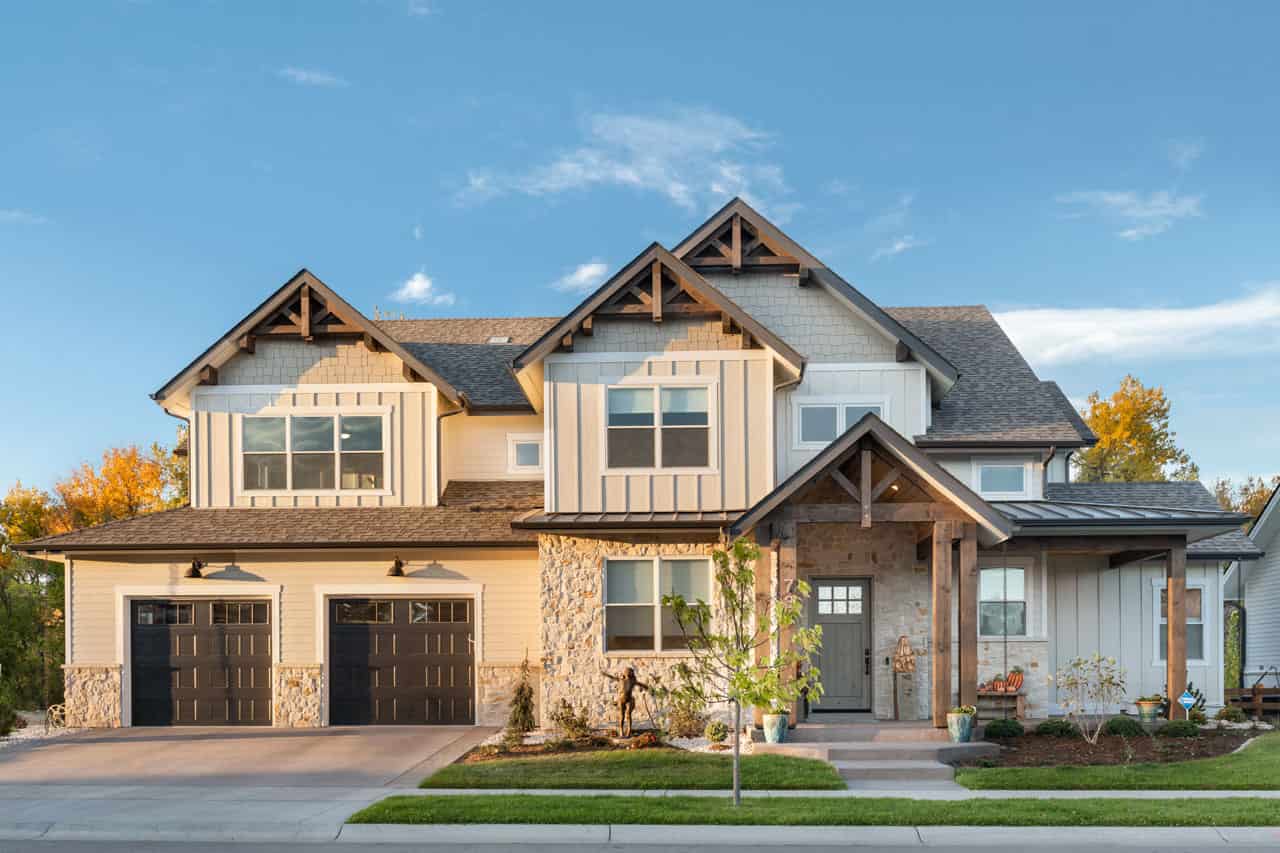Safety is a primary concern when designing a new build. The right features make construction less risky throughout the building process and protect the life and health of occupants once completed. Failing to keep this factor in mind during the drawing stage results in redoing blueprints or, worse, costly adjustments that waste materials and labor.
However, it’s easy to lose sight of the big picture when swimming through a sea of detailed regulations and dotting your i’s and t’s. What are the most important building characteristics to keep in mind? Here are five safety features to consider for your next design.

Ease of Ingress and Egress
Ingress and egress is perhaps your next build’s most important safety feature. It matters for the finished project and is pivotal throughout the building process. OSHA sets specific standards for each stage, including excavation. Additionally, many of today’s projects come under partial occupancy while construction is completed, meaning you must safeguard workers and occupants.
Several tragic events highlight how critical it is to use licensed contractors who specialize in the type of construction your project requires. On March 26, 2014, unlicensed welders lit an adjacent building on fire, killing two firefighters. A third of the structure fires for that year occurred when the building was still under construction. While licensing protects you, remember that a contractor who built their reputation on suburban ranchers may not be the best choice for a high rise.
Critical ingress and egress features to consider include:
- Ensuring a sufficient number of entries and exits for all workers and occupants.
- Keeping entryways and exits clean and clear of debris.
- Exit routes must be sufficiently marked so that occupants can quickly flee.
- Exit doors must open out and be of sufficient width and height.
- Exit routes must use fire-retardant materials to avoid spreading from one place to another.
- Ensure sufficient alarms notify occupants of danger.
- Each site should have a defined fire safety plan.
Accessibility Features
When designing safety features for your next build, remember the average population is now older. Furthermore, the CDC estimates that one in four Americans have a disability. Addressing accessibility needs is a crucial part of safeguarding occupants.
The Americans With Disabilities Act (ADA) sets standards for accessibility for various building types, including:
- Assembly places
- Medical facilities
- Places of lodging
- Lodging at places of education
- Detention/Correctional facilities
- Social service centers
These rules exist to remove barriers that prove insurmountable for those with disabilities. However, you can maximize your budget by seeking accessibility upgrades that benefit all occupants. For example, assistive technology such as facial recognition at building entryways opens automatic doors for those with mobility impairments while keeping unwanted individuals out, enhancing safety for all occupants.
Enhanced Disaster Protection
When people pay a hefty sum to rent a venue, they expect it to be safe. However, no mere human has the power to stop nature’s forces. Tornadoes, hurricanes, fires and floods create significant dangers architects must consider in their designs.
Unfortunately, climate change has already brought more frequent and severe natural disasters. Therefore, architects should consider features like the following in their designs:
- Flood control: Elevating properties to protect them against rising sea levels and creating features like gravel dunes to direct water away from properties.
- Alternative energy: Buildings with an independent power supply can continue operations after the grid goes down.
- Materials selection: Everything from stronger steel beams to shatter-resistant windows increases a building’s resilience against extreme weather events.
- Smart appliances: Smart sprinklers preserve water supplies. Smart appliances detect external conditions, automatically powering down when necessary to protect the device.
- Rainwater collection: Designing buildings to harvest rainwater conserves water use and directs it to irrigation systems.
Improved Security
Security is a crucial safety concern in today’s world. One of the most vital aspects is monitoring who has access to the facility. Restricting unauthorized access keeps occupants safer by deterring theft and acts of mass violence.
All ingress and egress points should be well-lit for ease of use, but bright lights also shine a light on who shouldn’t be there. Motion-detecting lights paired with security cameras are musts. If an unauthorized individual attempts to gain access by manipulating an employee, law enforcement has the criminal on film.
Additionally, interior doors can contain metal detectors to instantly alert security personnel to potential threats. Features such as adding security film to interior glass on doors preserve architectural design while offering a stronger barrier against mass shooters. Sealing off individual building wings can also contain such criminals, avoiding spreading violence throughout the structure.
Fresh Indoor Air
If COVID-19 taught one lesson, it’s that indoor air quality matters to occupant health. Many buildings have upgraded their systems since, but architects should keep this safety feature firmly in mind when designing new buildings.
One simple feature that improves air quality is functional windows. Fresh, outdoor air is vital. Unless necessary for safety, all windows should open to allow airflow.
It’s also important to eliminate standing water sources. Ensure all drain lines have sufficient flow. Blockages create slip-and-fall dangers and can spread toxic mold.
Safety Features for Your Next Design
It’s easy to lose sight of the big picture when working on a lengthy project like blueprints for an entire office complex. However, keeping the above safety needs in mind enhances your design by making it more user-friendly for future occupants.
A building’s residents may never fully appreciate your hard work in creating layouts that enhance their daily lives. However, they’ll thank you if disaster strikes, and your forethought keeps them safe.














